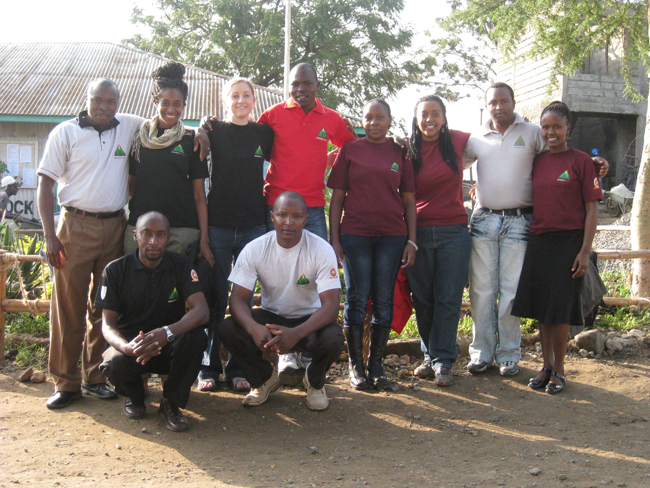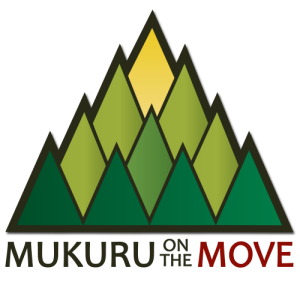Mukuru on the Move

IHP played a key role in developing a religious and community health assets mapping approach in collaboration with colleagues from the African Religious Health Assets Programme (ARHAP). This approach was funded by the World Health Organization and initially implemented to identify previously-unknown health assets in communities in Lesotho and Zambia in 2006-2007. Since then, the approach has been refined and applied both by IHP and our colleagues from the International Religious Health Assets Programme (IRHAP, formerly ARHAP) in a number of contexts in sub-Saharan Africa and from Methodist Le-Bonheur Health System in Memphis, TN (US).
Most recently, IHP has employed community mapping and mobilization in a project sponsored by the President’s Emergency Plan for AIDS Relief (PEPFAR) in a group of informal settlements in Nairobi, Kenya. This work has been named by PEPFAR as a best practice in community engagement. In Kenya, we have employed an innovative parallel mapping approach that combines a religious and community health asset mapping with GIS mapping of organizations in order to create interactive, internet-based maps of community health assets in the informal settlements of Mukuru kwa Njenga, kwa Reuben, and Lunga Lunga. Because internet access is not widely available to the residents of Mukuru, all of these assets have also been compiled and published in paper directories that have been distributed to residents and organizations in Mukuru at no cost.
In 2012, IHP supplemented the earlier asset mapping methodology with a process to identify and visually render the relationships among community assets using social network analysis methodologies. These methodologies are being used in Mukuru in 2013 as the framework for identifying and aligning community assets in order to meet the psychosocial needs of HIV-positive young people growing from childhood and into adolescence. This pilot initiative will be evaluated and refined as needed for implementation in other informal settlements in Kenya. In 2012, two Emory students worked on the social network analysis project in Mukuru. This summer, three Emory students (in public health and theology) will be working on the adolescent initiative.
Assets and Partnerships in Mukuru: A Report on Mukuru on the Move’s Work 2008-2012
The purpose of this report is to document and discuss the asset-based work of Mukuru on the Move (MOTM), a program developed in collaboration between the Interfaith Health Program (IHP) at Emory University, Atlanta, Georgia, USA and St. Paul’s University, Limuru, Kenya. This report analyzes work carried out by MOTM from 2008-2012, synthesizes and summarizes earlier reports, and describes findings from research carried out in Mukuru in 2012. The narrative that follows shows the evolution of the project and the diverse work of the MOTM team.
